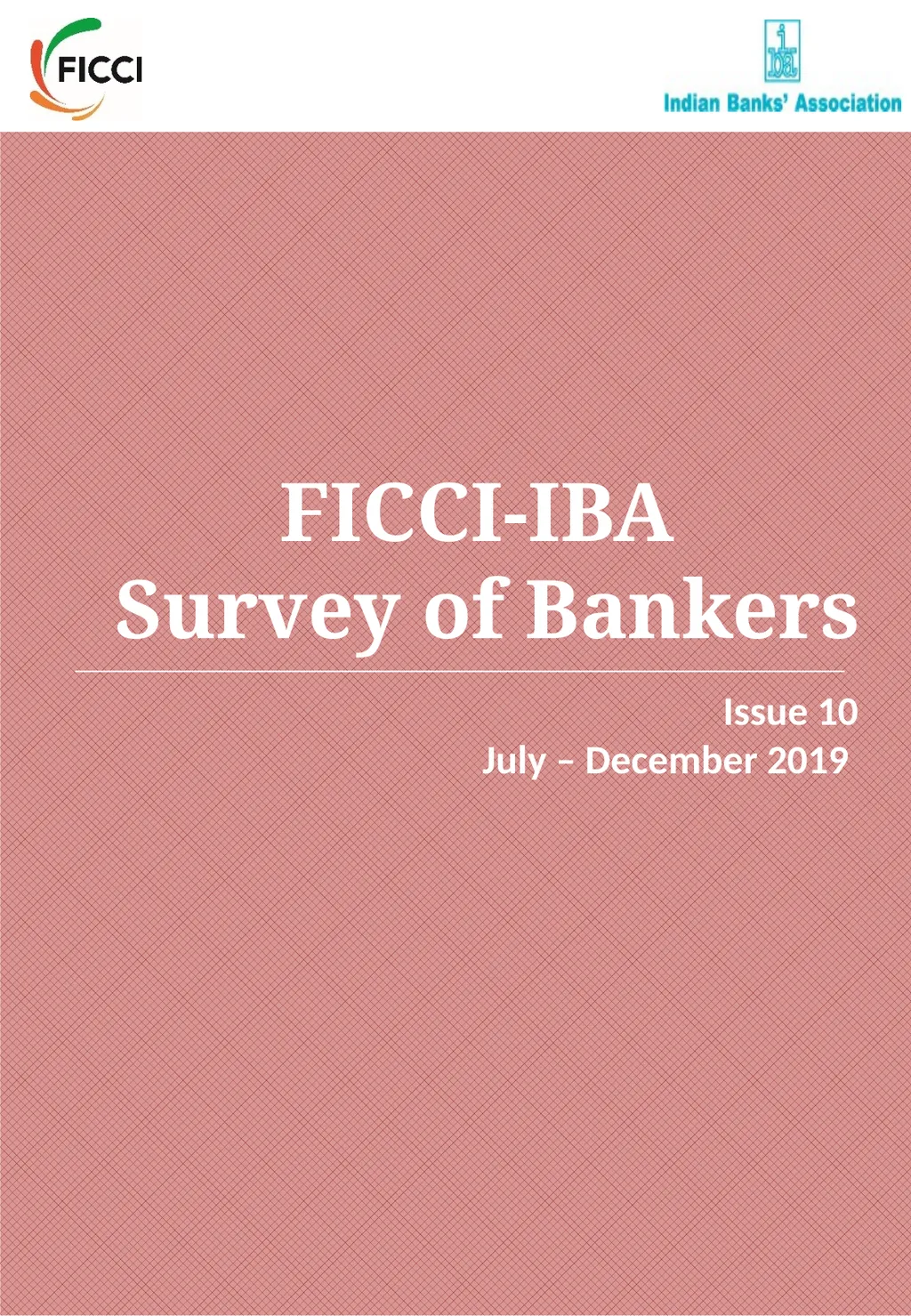Issue 1 January – June 2015 FICCI-IBA Survey of
Author : celsa-spraggs | Published Date : 2025-05-29
Description: Issue 1 January June 2015 FICCIIBA Survey of Bankers Issue 10 July December 2019 The tenth round of the FICCIIBA survey was carried out for the period July to December 2019 A total of 18 banks including public sector private sector
Presentation Embed Code
Download Presentation
Download
Presentation The PPT/PDF document
"Issue 1 January – June 2015 FICCI-IBA Survey of" is the property of its rightful owner.
Permission is granted to download and print the materials on this website for personal, non-commercial use only,
and to display it on your personal computer provided you do not modify the materials and that you retain all
copyright notices contained in the materials. By downloading content from our website, you accept the terms of
this agreement.
Transcript:Issue 1 January – June 2015 FICCI-IBA Survey of:
Issue 1 January – June 2015 FICCI-IBA Survey of Bankers Issue 10 July – December 2019 The tenth round of the FICCI-IBA survey was carried out for the period July to December 2019. A total of 18 banks including public sector, private sector and foreign banks participated in the survey. These banks together represent about 50% of the banking industry, as classified by asset size. Keeping in view the ongoing economic slowdown, Bankers were asked about their views on the steps that the government should take to help economy come out of the current situation. Banks are of the view that rural distress should be addressed through laying emphasis on rural infrastructure development and stimulating demand by increasing the pace of fund transfers under PM-Kisan and Mahatma Gandhi National Rural Employment Guarantee Act (MGNREGA) scheme. Some of the respondent banks also suggested that the government should undertake structural land and labour reforms, while taking measures to increase job creation in the country. A large number of participating bankers have mentioned that addressing the taxation issues by launching GST 2.0 regime and bringing a direct tax code should be the top priority of the government at this moment. The participating bankers also shared their views on MSME lending challenges in India and the measures that banks can take to increase lending to this important segment of the society which contributes nearly 45% of the manufacturing output and provides employment to over 100 million people. Some of the challenges that the responding banks shared about MSME lending include improper maintenance of financial statements, high cost of processing MSME loans relative to their loan size, lengthy loan processing exercise, lack of technical understanding and limited affordability of digital payment platforms that restricts the use of digital payment options by MSMEs, and entrepreneurial risks faced by MSMEs. The responding banks have suggested several ways to increase the flow of funds to MSMEs such as capacity building of MSMEs through various training programs, development of an online platform to help banks accelerate the SME lending process, development of creative ways of credit assessment like using psychometric testing, cash flow estimates or Qualitative Credit Assessment (QCA) and keeping NPA of this sector under check through measures like reclassification of IRAC norms for MSMEs, proper due diligence, regular follow up, strict monitoring of the end-use of funds, etc. In the current round of the Bankers’ survey, less














